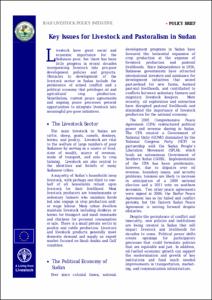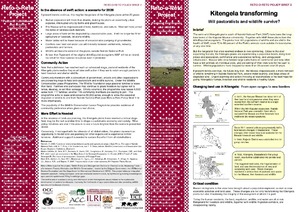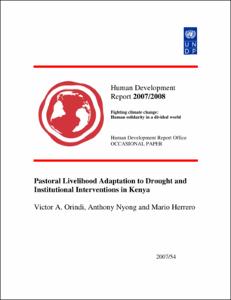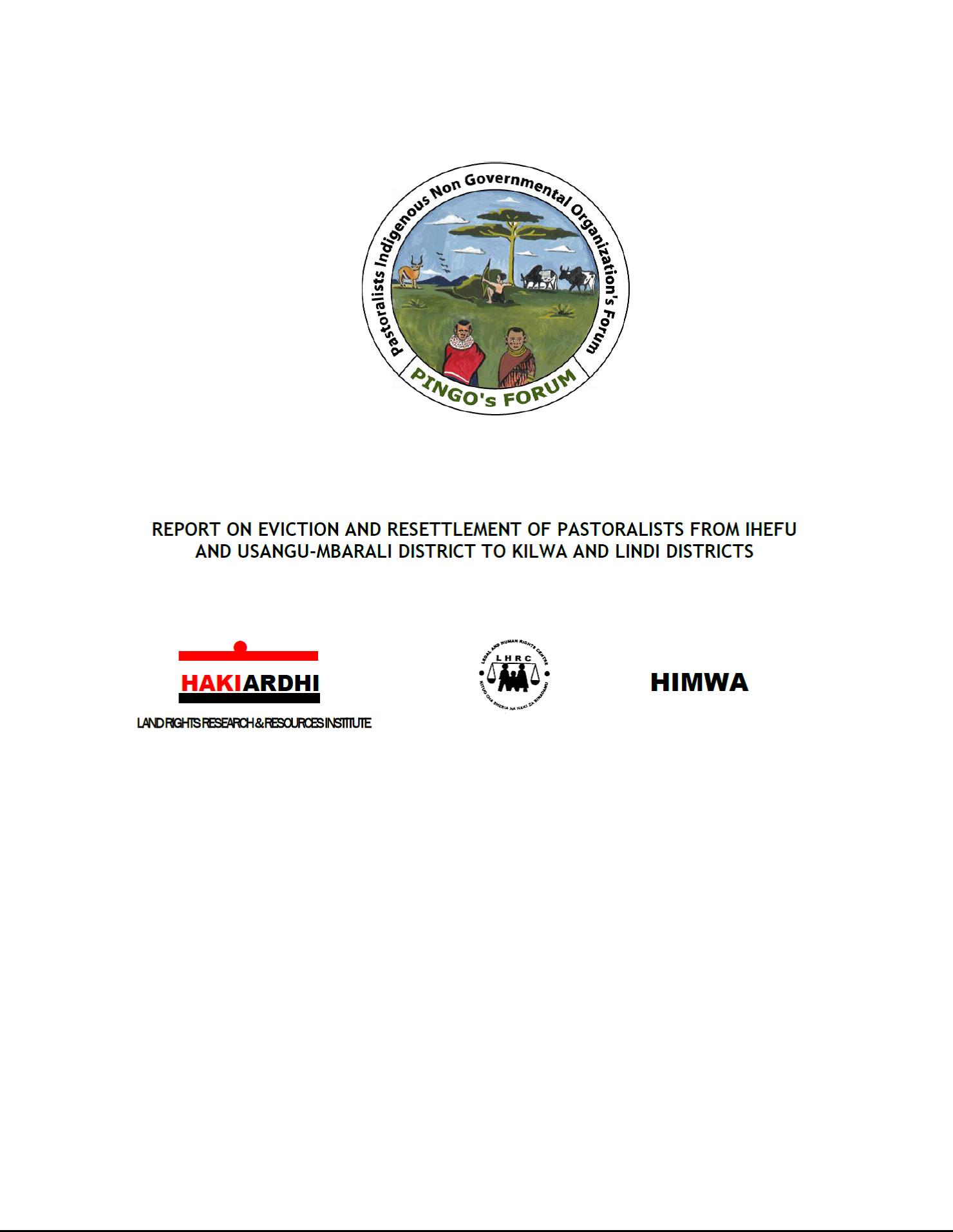Zoning for Sustainable Resource Use at the Livestock, Wildlife, Environment Interface
In most areas within the livestock wildlife environment interface, nomadism by pastoralists is gradually being replaced by sedentarism and migration corridors are closed by settlements from the ever-increasing human population. Faced by a reducing pasture resource and yet slow to adopt de-stocking, pastoralists have now embraced the practical and novel ‘Conservancy’ concept in order to earn from tourism and subsidise income from livestock. However, sustaining wildlife on pasture land is a challenge that has now found a solution in the form of conservancy zonation schemes.








